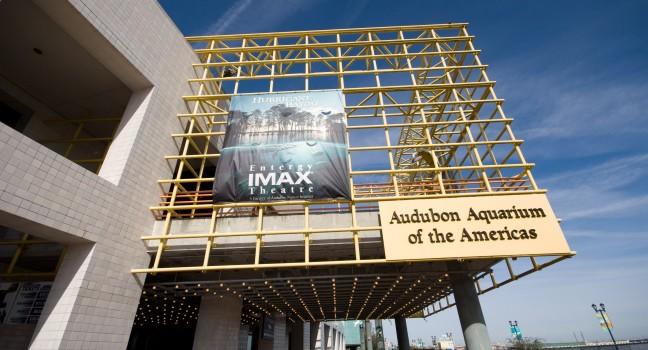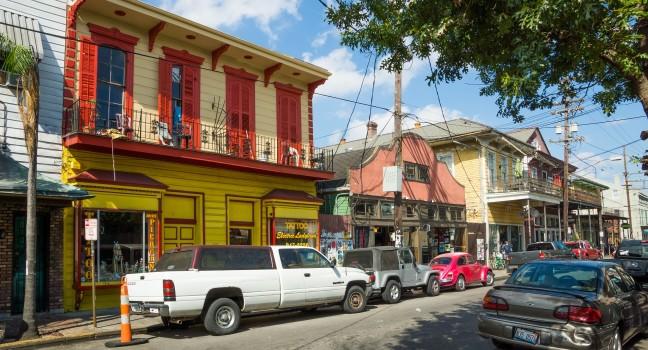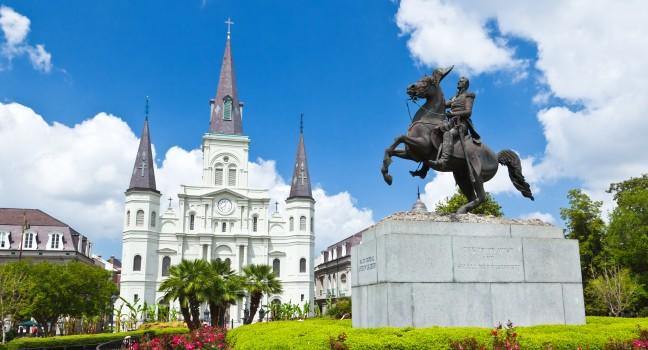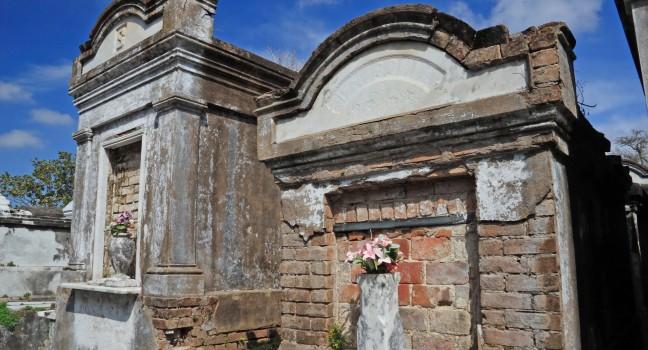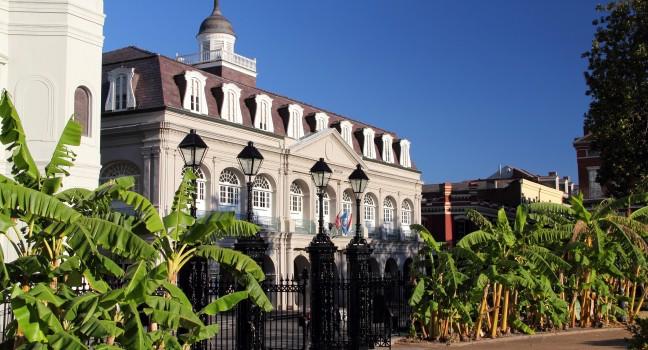Minting began in 1838 in this ambitious Ionic structure, a project of President Andrew Jackson's. The New Orleans mint was to provide currency for the South and the West, which it did until Louisiana seceded from the Union in 1861. Both the short-lived Republic of Louisiana and the Confederacy minted coins here. When Confederate supplies ran out, the building served as a barracks—and then a prison—for Confederate soldiers. The production of U.S. coins recommenced only in 1879; it stopped again, for good, in 1909. After years of neglect, the federal government handed the Old Mint over to Louisiana in 1966. The state now uses the building for exhibitions of the Louisiana State Museum collection, and the New Orleans Jazz National Historical Park has events here too. At the main Barracks Street entrance, which is set back from the surrounding gates and not well marked, notice the one remaining section of the mint's old walls—it'll give you an idea of the extent of the building's deterioration before it was restored. Hurricane Katrina ripped away a large section of the copper roof, and for months the twisted metal remained on the ground here, one of the most dramatic reminders of the storm in the French Quarter. After repairs, the museum reopened to the public in 2007.
The first-floor exhibit recounts the history of the mint. The principal draw, however, is the second floor, dedicated to items from the New Orleans Jazz Collection. At the end of the exhibit, displayed in its own room like the Crown Jewels, you'll find Louis Armstrong's first cornet. The third floor of the building is now a performance space for the Jazz National Historical Park, which has a packed calendar of free performances throughout the week. Check in with the helpful Park Ranger office for details.
The Louisiana Historical Center, which holds the French and Spanish Louisiana archives, is open to researchers by appointment. At the foot of Esplanade Avenue, notice the memorial to the French rebels against early Spanish rule. The rebel leaders were executed on this spot and gave nearby Frenchmen Street its name.
